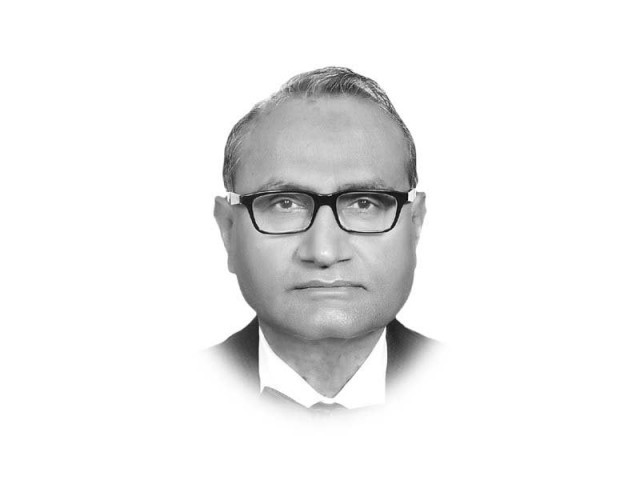When East overtakes West
This is the result of a GDP growth rate of over six per cent per year in the past 12 years, Bangladesh is better

pervez.tahir@tribune.com.pk
The dominant sentiment in the west was optimistic. Most investment and foreign aid utilisation had taken place in the west. Growth as well as income per capita had been consistently higher than the east. Land-man ratio was far better. The east, in short, was a demographic, climatic and economic liability. Shahid Javed Burki (Pakistan Economic and Social Review, June 1972) went further. His optimism was not just based on the “statistical improvement brought about by the severance from the economy of the poor region of East Pakistan,” but on the assessment of economic potential. He estimated that there was a net transfer of public and private resources from west to east of the order of 2.3 per cent of its GDP. The productive use of these resources would raise the already high rate of investment. Quoted by Burki, The Economist took a pessimistic view in April 1972, stating that “sales to the east before the break-up were rising faster than exports and the loss of east has already led to setbacks in the production of cotton yarn and fabrics, cigarettes and certain chemicals. To divert these goods to the world markets will require an upgrading of quality (eg in cotton textiles), even if markets can be found at all. Equipment would need to be imported (for which foreign exchange may be lacking), because of Pakistan’s high cost structure, subsidies may be needed.”
As economic developments have unfolded since 1972, The Economist has the last laugh. The most contentious issue of the day was the inter-wing disparity of income per capita. Economists from the east would explain it in terms of the net transfer from east to west and offer a two-economy model as a solution. The recent reversal of the disparity adds substance to their case. In an opinion piece for The Pakistan Times before the formation of Bangladesh, I had argued that “Pakistan is a case of two brothers minding their own business most of the time and each other’s some of the time.” It is, however, not just that Bangladesh is now on its own. There are some other factors in east overtaking west. First, Bengalis in the east used to be stereotyped in the west as interested in nothing but procreation to produce a crop of agitators. In 1970, the population was 65 million in the east and 58 million in the west. By 1987, the situation had reversed, and the census 2017 estimates population of Pakistan at 207.8 million against Bangladesh’s 164.8 million. The addition to Pakistan’s population since 1970 is only a few million less than the total population of Bangladesh. Second, military expenditure as a percentage of the GDP in Bangladesh has been just over one per cent compared to over three per cent in Pakistan. Third, and related to the first two, Pakistan is among the top 20 scorers on the Global Conflict Risk Index. Bangladesh does not even make the list.
Published in The Express Tribune, September 22nd, 2017.
Like Opinion & Editorial on Facebook, follow @ETOpEd on Twitter to receive all updates on all our daily pieces.














COMMENTS
Comments are moderated and generally will be posted if they are on-topic and not abusive.
For more information, please see our Comments FAQ